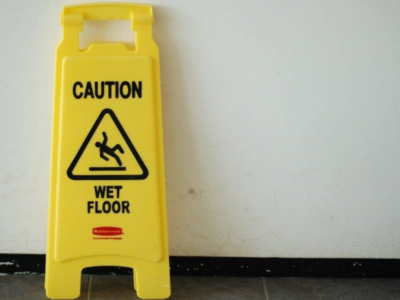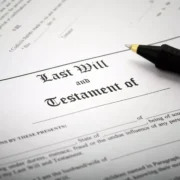Are you preparing to move to Canada from the United States? There has never been a better time than today, especially if you grew up in the United States; Canada is a different country but shares many cultures, laws, and languages with America. So while this is technically an international move, it would not be as much culture shock as it would be if you moved across an ocean.
But while moving to Canada from the United States would not be too overwhelming in terms of adaptation, it can still be a stressful experience if you do not properly prepare. For one, are going to ship you belongings across the border or do you want to haul them behind your car in a trailer, or rent a truck?
Well, lets take a look at the three stages of import to give you a better idea about the process, particularly when it involves bigger possessions like your car.
STAGE 1: Pre-Import
The concept of “importing” your car probably seems a bit over the top, but this really just a formality. Because your vehicle must adhere to certain Canadian laws and regulations, it must be inspected and certified before you can be allowed to operate it on the public roads in Canada. Knowing this, it is a good idea to check with the Canadian Registrar of Imported Vehicles (CRIV) to get more specific details about the needs of your make and model. This is also where you will find the documents you need to fill out in order to successfully import your car. Make sure to also mind any restrictions, exemptions, modifications, or limitations.
To prepare for the import of your car to Canada, make sure you start collecting the following items:
- Branding history of your vehicle
- Environment Canada requirements
- Recall clearances
- CRIV exemptions
- Inspection records
- Vehicle modifications
- US Customs Export requirements
- Canada Border Service Agency requirements for entry
STAGE 2: The Day of Import
Essentially, all the work should already be done, so now you just have to bring your paperwork to your inspection. If your vehicle fails inspection you will probably need a modification to pass certification. Make sure to give 72 hours notice of your border crossing.
STAGE 3: Post-Import
After the successful Clearit car importing to Canada, the last thing you have to do is file your paperwork. Next you need to pay your border fees. Once you have also verified that you can pass inspection the final thing you need to do is pay for registration.












Comments